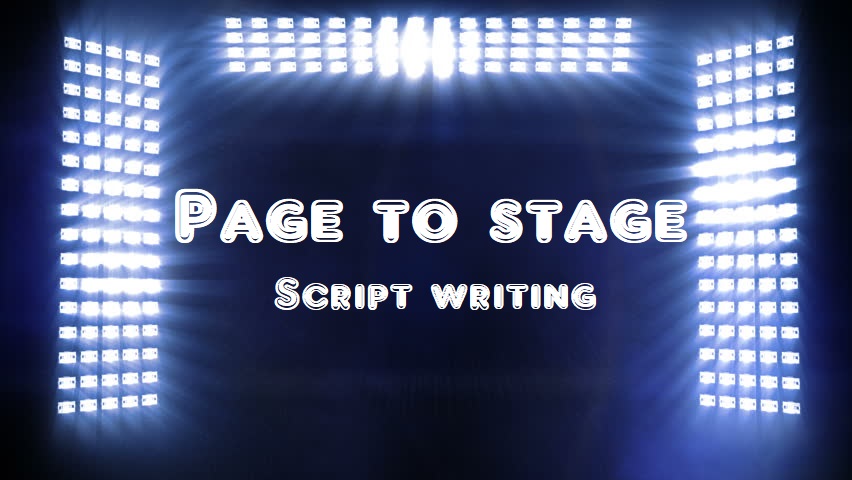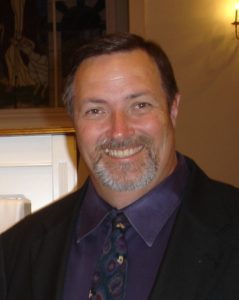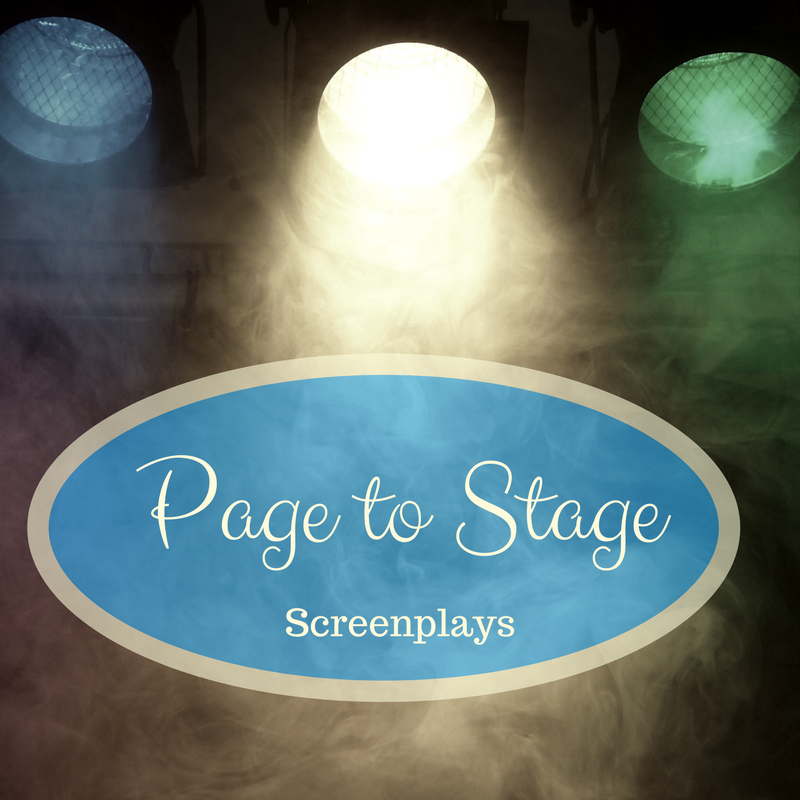From Script to Stage/Screen Part 4
We have explored four of the major responsibilities placed upon any director in the production of any stage or any production for the screen. The first three were: research, the script, reality level and the last is small but very important.
Moments
Moments are just that, moments that are placed within view of the audience that convey certain thoughts, doctrine, or emotion. When watching Blade Runner 2049 you can see the hundreds of placements of ads: Coke, Seiko, PanAm, Peugeot and many, many others. These are visual “Easter Eggs” for the audience to notice. Almost every sequel has some sort of moment that connects the film before it. We see Adam Sandler and Drew Barrymore in 50 First Dates and later in the movie Blended. The two movies have nothing to do with each other, in fact each plays two completely different characters, but in one memorable scene at a convenient store we see Ten Second Tom make a quick appearance. Tom comes up to the counter and says, “Hi, I’m Tom.” Twice. At the end of the scene he comes back up to the same cashier and says, “Hi, I’m Tom.” For those who never saw 50 First Dates, this scene means nothing. But, to those who did see it, it is a moment of remembrance, a strong nod to another movie that Sandler and Barrymore both starred in. In Guardians of the Galaxy, the Collector has Howard the Duck, Cosmo the Dog, and even a Chitauri from the first Avengers movie in his collection.
Moments are often hidden but very satisfying when found. Disney is famous for putting in hidden messages or special appearances in their movies. High School Musical 2 has a quick appearance by Miley Cyrus. One of Disney’s newest movies, Moana, has a ton of these “Easter Eggs.” Flounder from The Little Mermaid shows up, Maui turns into Sven from Frozen, Wreck it Ralph shows up in the credits, Baymax from Big Hero Six makes an appearance in the boat filled with angry coconuts as well. These moments are great at beginning conversations, creating buzz, connecting films and shows, and continuing excitement for a franchise. But moments are not just hidden messages or advertisements. Moments are the things that enhance your particular universe, that propel your plot, that give the subtext behind things that are happening.
An example would be a movie with a character needing redemption built into the main plot. As the leads are in a coffee shop, we see a shot of the outside and a church steeple majestically rising in the background. Though subtle, this gives a sense that there might be some religious or even anti-religious themes in the production as that character begins to realize that they need redemption. Stage plays are a little more difficult because your options for set pieces are a little more limited. But moments are still extremely possible. Moments can be created from the action of the cast and not just well-placed items.
In the case of Jesus’ crucifixion, Golgotha was at a place where there was a lot of foot traffic. Instead of a static crucifixion scene, have groups walking past showing different levels of interest. Have one man and young son come by and the father forces the boy to stop and watch the crucifixion. While another, say mother and daughter walk by and the mother shields her daughter’s eyes from the spectacle. This creates movement and these moments can add to the depth of plot instead of being a distraction.
Moments cannot save a movie from a poor plot or bad acting, but it can enhance every aspect of any production. When adding moments make sure they are deliberate. Every set piece, prop, actions of cast members, angles of filming, everything has a reason. People watch all the Marvel movies and wait in anticipation for the moment Stan Lee shows up. You can see everyone in the audience reacting, pointing to the screen as he makes his one or two cameos in every movie. It is a moment that is now expected and a moment that people get to take home and discuss, tweet, and share.
Putting anything from screen to stage or screen is an awesome and great responsibility. If you have taken on this role then it is up to you to do the research, decide how the dialogue is viewed by others, create either a world based on reality or implied reality, and finally create moments that will reach out and make a memory in the hearts of those viewing.
Dr. Jim Tippins is currently President of On the Edge Productions, Inc., a resource for Christian scripts and minister aids. An award winning author, Dr. Tippins is proud to share the stories that God has laid on his heart. He has produced, written, and directed scripts, musicals, reviews, and plays all over the country. He has performed with the Kentucky Opera, Overture Opera Company, Theater of the Republic, Swamp Fox Players, Community Choral Society, Florence Symphony and Long Bay Symphony. To see resources and more information, please visit,
www.ontheedgeproductions.org. Or join his blog at drjimtippins.com






No Comments